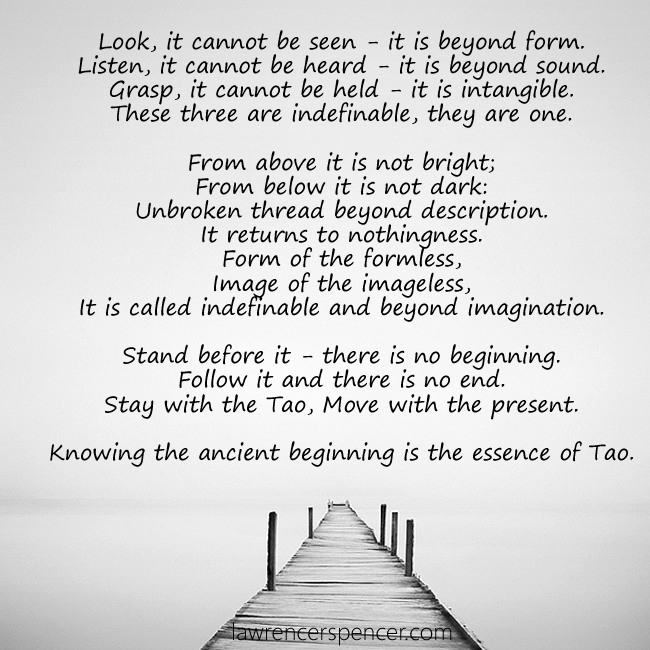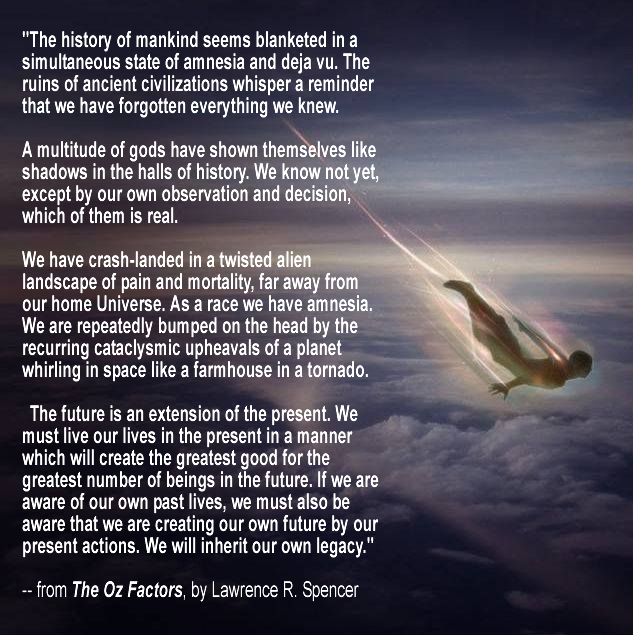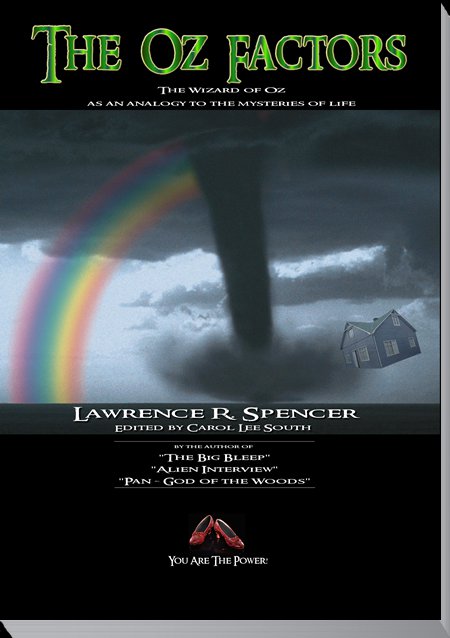Republished by Blog Post Promoter
Is the UFO Phenomenon an elaborate “control system”, designed to control and manipulate human perception, social systems, behavior and the resources of Earth?
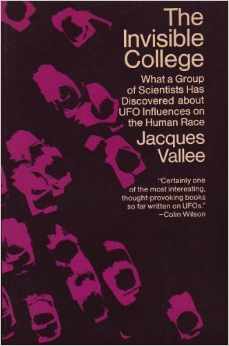 In The Invisible College (E.P. Dutton, 1975) Vallee posits the idea of a “control system.” UFOs and related phenomena are “the means through which man’s concepts are being rearranged.” Their ultimate source may be unknowable, at least at this stage of human development; what we do know, according to Vallee, is that they are presenting us with continually recurring “absurd” messages and appearances which defy rational analysis but which nonetheless address human beings on the level of myth and imagination.
In The Invisible College (E.P. Dutton, 1975) Vallee posits the idea of a “control system.” UFOs and related phenomena are “the means through which man’s concepts are being rearranged.” Their ultimate source may be unknowable, at least at this stage of human development; what we do know, according to Vallee, is that they are presenting us with continually recurring “absurd” messages and appearances which defy rational analysis but which nonetheless address human beings on the level of myth and imagination.
“When I speak of a control system for planet earth,” he says, ” I do not want my words to be misunderstood: I do not mean that some higher order of beings has locked us inside the constraints of a space-bound jail, closely monitored by psychic entities we might call angels or demons. I do not propose to redefine God. What I do mean is that mythology rules at a level of our social reality over which normal political and intellectual action has no power….”
The following are excerpts from an interview with Dr. Jacques Vallee, famed UFO investigator, author, computer scientist and humanitarian, with Jerome Clark, published in FATE Magazine, 1978. The title of the interview is “Jacques Vallee Discusses UFO Control System“.
http://www.ufoevidence.org/documents/doc608.htm
Vallee: “If the UFO phenomenon had no physical cause at all, there would be no way for us to perceive it because human beings are physical entities. So it has to make an impression on our senses somehow. For that to take place, it has to be physical at some time.
Clark: So in other words there is such a thing as a solid, three-dimensional flying saucer.
Vallee: No, I didn’t say that. That may or may not be true. I don’t think there is such a thing as the flying saucer phenomenon. I think it has three components and we have to deal with them in different ways.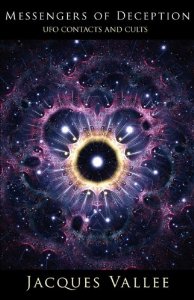
First, there is a physical object. That may be a flying saucer or it may be a projection or it may be something entirely different. All we know about it is that it represents a tremendous quantity of electromagnetic energy in a small volume. I say that based upon the evidence gathered from traces, from electromagnetic and radar detection and from perturbations of the electromagnetic fields such as Dr. Claude Poher, the French space scientist, has recorded.
Second, there’s the phenomenon the witnesses perceive. What they tell us is that they’ve seen a flying saucer. Now they may have seen that or they may have seen an image of a flying saucer or they may have hallucinated it under the influence of microwave radiation, or any of a number of things may have happened. The fact is that the witnesses were exposed to an event and as a result they experienced a highly complex alteration of perception which caused them to describe the object or objects that figure in their testimony.
Beyond there – the physical phenomenon and the perception phenomenon – we have the third component, the social phenomenon. That’s what happens when the reports are submitted to society and enter the cultural arena. That’s the part which I find most interesting.
The occurrences of similar “absurd” messages in UFO cases brought me to the idea that maybe we’re dealing with a sort of control system that is subtly manipulating human consciousness.
Clark: But how do you prove that one is operating in a UFO context?
Vallee: I’ve always been unhappy with the argument between those who believe UFOs are nonsense and those who believe they are extraterrestrial visitors. I don’t think I belong in either camp. I’ve tried to place myself between those two extremes because there’s no proof that either proposition is correct. I’ve come up with the control system concept because it is an idea which can be tested. In that sense it’s much closer to a scientific hypothesis than the others. It may turn out that there is a control system which is operated by extraterrestrials. But that’s only one possibility.
There are different kinds of control systems – open ones and closed ones – and there are tests you can apply to them to find out what kind of control system you’re inside. That leads to a number of experiments you can do with the UFO phenomenon, whereas the other interpretations don’t lead you to anything. If you’re convinced that UFOs are extraterrestrial, then about the only thing you can do is to climb to a hilltop with a flashlight and send a message in Morse code. People have tried that, I know, but it doesn’t seem to work very will!
The control system concept can be tested by a small group of people – you don’t need a large organization or a lot of equipment – and you can start thinking about active intervention in the phenomenon.
Clark: How could I prove to my satisfaction that there is a control system in operations?
Vallee: If you think you’re inside a control system, the first thing you have to look for is what is being controlled and try to change it to see what happens.”
___________________________
TO LEARN MORE, READ THE BOOK ALIEN INTERVIEW
VISIT THE WEBSITE and BLOG for the book at www.alieninterview.org and www.alieninterview.org/blog


